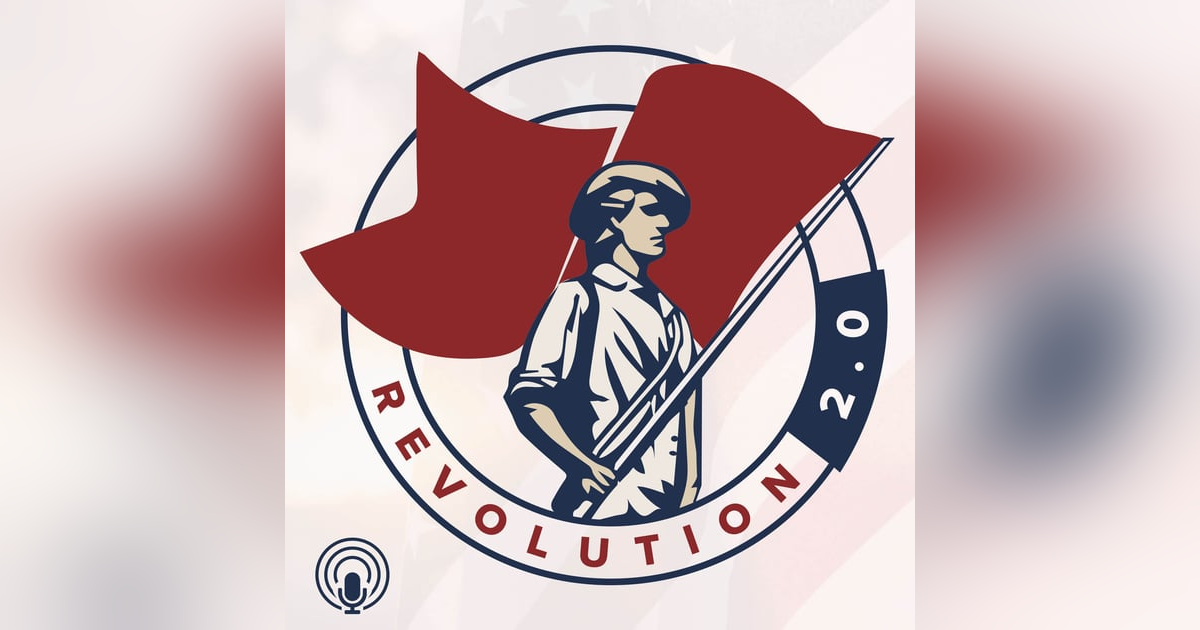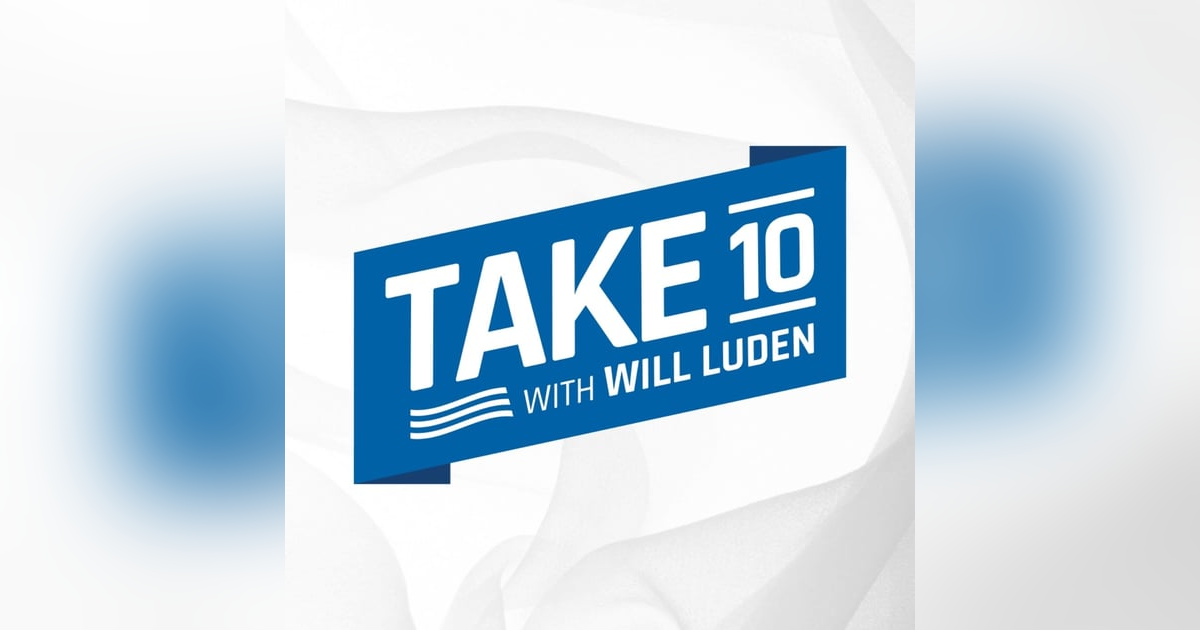COVID Opportunity: Priority Budgets (EP. 232)

Introduction
COVID-19 has budgets being reassessed and often cut, in homes and at different levels of government. Here is a remarkable opportunity to change our thinking from, “This is good, let’s pay for it.” to, “Here’s the budget, let’s rank our priorities and see what we can afford.”
Today’s Money Tip: Treat all money, e.g., your employer’s and the taxpayer’s money, like your own.
That is the subject of today’s 10-minute episode.
Continuing
Here’s something we hear frequently. “Having an educated population is good for society, so it should be taxpayer funded.” Well, having a well fed, clothed and housed population, with everyone having adequate healthcare, is also good for society, so by the same logic all of it should be free.
How many of us have heard our parents or others say, “Money does not grow on trees.” Money, wealth, is created by people acting as individuals and in groups working together in businesses. On the other hand, governments do not create wealth, they exist by taxing those who do the creating.
Responsible individuals, families and businesses start their budgeting process with a list of needs and wants. For individuals and families, needs include paying monthly living expenses; rent or the mortgage, utilities, adequate clothing, basic insurance and nutritious food. Wants could include anything from a better smartphone, to fun snack food and cool clothing to remodeling the kitchen. Businesses and governments have different lists, but the principle is the same. The list is then prioritized and compared to the money available. When you get to the point on the list where the running total for the needs and wants equals the money available, you draw a line and that is where you stop the spending. It would be fine to keep the unfunded items in mind for later consideration, but it is not okay to go to your credit cards or some other lending agency to pay for additional items. But the federal government does exactly that every year, year in and year out, creating a mountain of debt that we are transferring to our children and grandchildren. (Did anyone think that Obama, Trump, Pelosi or Schumer were going to pay it?)
The current national debt is about $25T. Trillion. A billion dollars is a boatload of money, and a trillion dollars is a thousand billion. We owe 25 thousand billion dollars, $25,000,000,000,000. Or about $70,000 for every man, woman and child in our country.
Today’s Key Point: When you get to the point on the list where the prioritized running total for the needs and wants equals the money available, you draw a line and that is where you stop the spending.
Let’s take a look at a specific spending bill. The House of Representatives just passed the biggest spending bill in history. Even bigger than the previous trillion dollar COVID pending bill. Some of the “highlights.”
- $915 billion more for state and local governments, on top of the $150 billion in direct aid they’ve already received and hundreds of billions in the Federal Reserve’s cut-rate loan program.
- $175 billion for housing assistance, and $160 billion for repealing the $10,000 cap on deductible state and local taxes. With this “SALT” reversal half of the money goes to the top 1% in blue states; 96% goes to the top half in those states.
- The Bill would extend the extra $600 in unemployment insurance for another several months through Jan. 31, 2021. This means that about half of the U.S. workforce will earn more by not working than returning to their jobs. It guarantees that the jobless rate, which may reach 20% in May, will stay high through the rest of the year.
- Even at $3 trillion the House included nothing to fund the Paycheck Protection Program for small business. So don’t help private businesses keep workers on the payroll, but do keep people for longer on the government payroll.
- The bill also proposes another round of $1,200 rebate checks to individuals, this time including a similar amount for up to three dependents. The cost: about $383 billion. This is best understood as the downpayment on a guaranteed annual wage that will be part of the House agenda next year.
Government spending runs in the opposite direction of anything approaching common sense, the part of common sense that says that we should spend the money we have, and not bury ourselves in debt. We are passing this staggering debt along to future generations–while this generation reaps the benefits of the profligate spending. When we die, if we have credit card debt, it dies with us. Government debt is passed along to the next generation, then the next, and so on. Kinda like a virus that grows and grows and never dies.
And let’s not fall for the cynical, “We love you more than they do. Want proof? They are willing to spend only $1T of money we don’t have; we are willing to spend $3T of money we don’t have. Who loves ya?”
Repeating Today’s Key Point: When you get to the point on the list where the prioritized running total for the needs and wants equals the money available, you draw a line and that is where you stop the spending.
Remember, treat all money, e.g., your employer’s and the taxpayer’s money, like your own.
Contact
As we get ready to wrap up, please do respond in the episodes with comments or questions about this episode or anything that comes to mind, or connect with me on Twitter, @willluden, Facebook, facebook.com/will.luden, and LinkedIn, www.linkedin.com/in/willluden/. And you can subscribe on your favorite device through Apple, Google, or Stitcher.
If you liked today’s podcast, other podcasts or the revolution2-0.org site itself, comment, subscribe, and encourage others to subscribe with you. Each One Reach One will help spread the word about Revolution 2.0™.
Will Luden, coming to you from 7,200’ in Colorado Springs.








